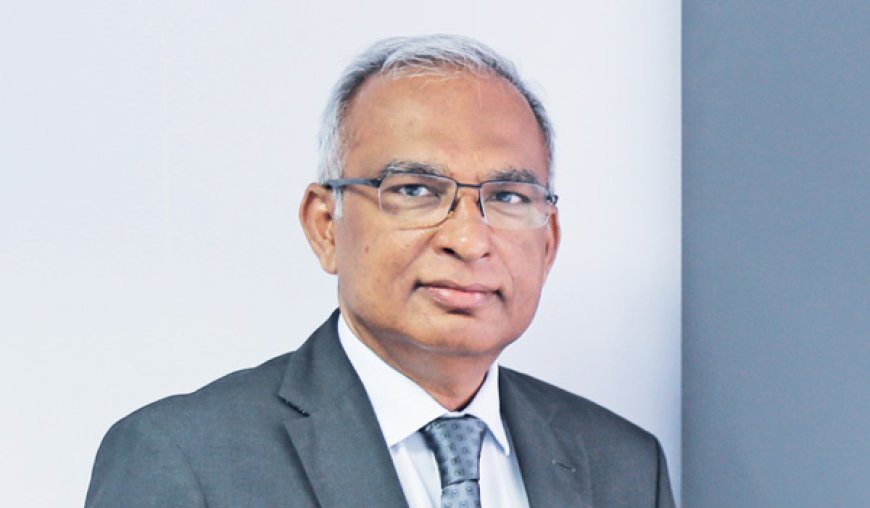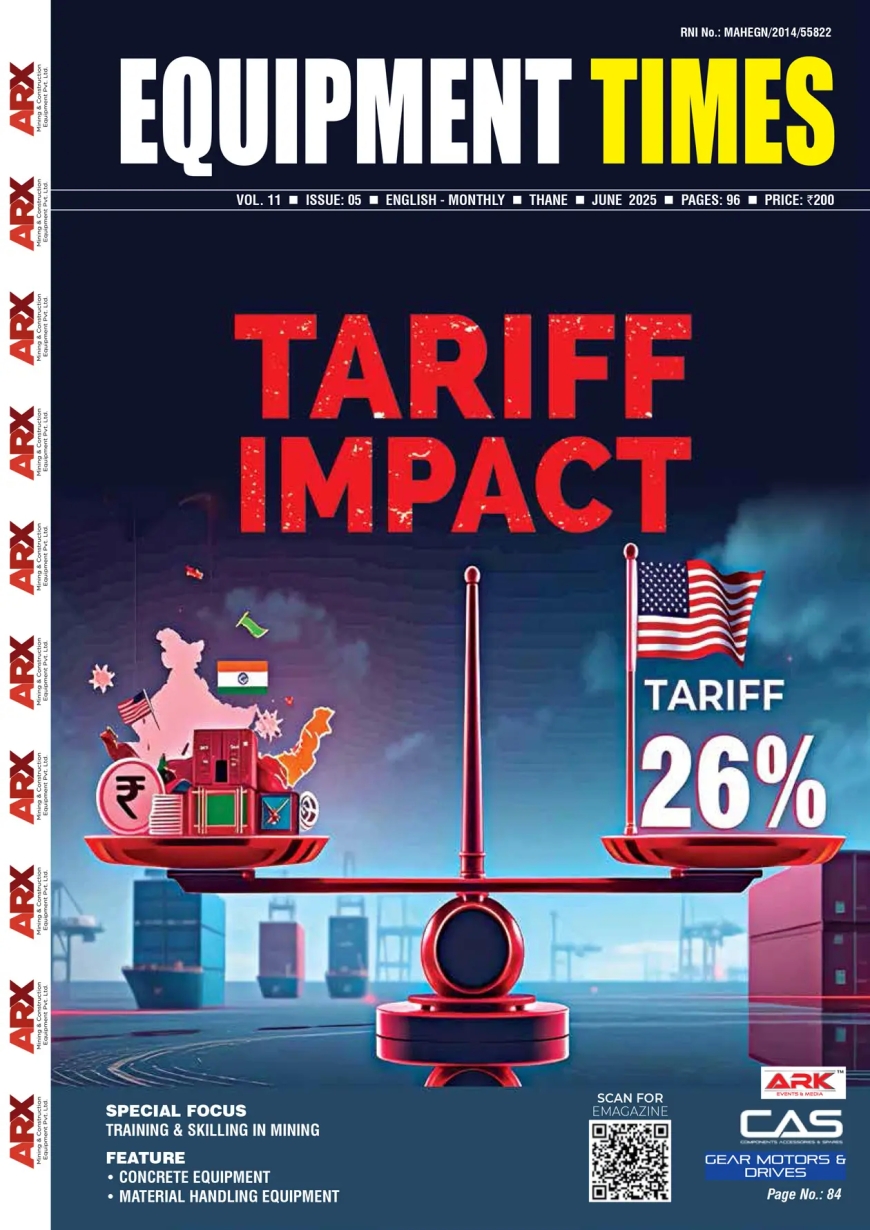The quality of the final road construction heavily relies on the precision of our machinery.
Ramesh Palagiri, Managing Director & CEO, Wirtgen India India is the third largest manufacturer of construction equipment globally and are heading to be the second largest. How do you see Wirtgen being a part of this? India’s growth appears promising

India is the third largest manufacturer of construction equipment globally and are heading to be the second largest. How do you see Wirtgen being a part of this?
India’s growth appears promising with a predicted steady 12% Compound Annual Growth Rate (CAGR) over the coming years, despite the occasional 20% spurts. Intercity infrastructure, especially roads and railways, remains a major discussion point. Urban infrastructure, notably lacking in cities like Bangalore, presents vast opportunities for development over the next two decades. While India may not surpass China’s growth rate, sustained progress is anticipated. Given the decline in the Chinese market and global geopolitical shifts like the Israel-Hamas situation, India is increasingly viewed as a reliable partner for supplying machinery and components. Focusing on manufacturing within India for both domestic and export purposes, there’s a positive outlook for sustained and steady growth, especially with efforts to build machinery in the country.
How are you managing scalability in terms of the demand for your products?
On the production front, we’re in the midst of expanding our manufacturing unit in Pune, currently advancing into phase 3. Anticipated completion is set for September, a move poised to significantly bolster both our domestic market and our global exports. Our Pune facility stands as a cornerstone of global manufacturing, evident as this year we’ve exported nearly 52% of our production to an impressive 95 countries. Certain products, exclusive to India and tailored for the global market, have made a substantial impact. Notably, our reach extends beyond Southeast Asia, the Middle East, and Africa; this year, a staggering 50% of shipments have been destined for the thriving US market. Simultaneously, on the market front, our expansion initiatives are in full swing. We’ve successfully amplified our outreach and presence. Remaining committed to a direct sales and service model, we recognize the pivotal role technology and application support play in complementing our products. To fortify our service capabilities, we’re significantly augmenting our field service staff and preparing for the impending surge in demand for parts.
What are your initiatives on women empowerment? There is a talk in the market that we need to increase more women centric shop floors.
We began this initiative at Wirtgen, specifically on the shop floor, just last year. Currently, we’ve successfully increased the representation of women in our Pune plant to 6% of the total workforce. Our goal for FY24 is to elevate this figure to 15% within manufacturing, while in sectors outside manufacturing, our current representation is notably lower at around 1-2%. Our aim for these areas is to escalate the percentage to 5%.
With regards to training and skilling, there is always a constant change in the product lines. There is technology upgradation in all the products. There is always a shortage of skilled labour. How are your initiatives?
We operate a specialized school in Pune aimed at nurturing fresh IT recruits, molding them into proficient operators over a rigorous six-month training program. Once trained, we seamlessly transition them to cater to our customers’ needs. This stands as one of our key initiatives. Moreover, we prioritize continuous learning given the ever-evolving tech landscape. Through on-the-job training, our adept team of application engineers conducts hands-on application training at our customers’ premises. This strategic approach ensures our team remains adept at utilizing the latest technologies in real-world scenarios. The quality of the final road construction heavily relies on the precision of our machinery. It’s not merely about understanding the products; it’s about possessing in-depth application knowledge—knowing the precise temperatures required for effective compacting, among other crucial factors.
Research and Development is the backbone of any company. Can you throw some light on it?
Over the years, our journey as part of John Deere has transformed us into more than just a manufacturing entity; we’ve evolved into a technology-driven company. This shift is evident in our products, which now embody a fusion of technology and innovation. As a $60 billion conglomerate, our focus aligns with John Deere’s stronghold in precision, especially in technological advancements. Whether it’s tractors, harvesters, or motor graders, our machinery operates on the backbone of technology, employing automation, drones, and other cutting-edge tools.
Our strategy involves harnessing existing John Deere technologies, integrating them into our machines, and collaborating closely to develop new solutions. An illustrative example is our recent unveiling of electric machines from all three of our brands at Bauma in Munich—an initiative that will persist. Simultaneously, our attention is directed toward sustainability, not just within our machines but throughout our production systems. Our discourse transcends mere machinery; we’re delving into the optimization of job requirements, determining the most suitable machinery, capacity, and methodologies to minimize costs and curtail the consumption of aggregates, bitumen, CO2 emissions, and other ecological footprints.
India is a very cost centric market. How are you balancing between cost and quality?
Our aim in integrating technology into our machines is primarily to reduce costs, not for the mere sake of technological advancement. We recognize that certain technologies may not be relevant or applicable, especially in the Indian market, where our focus lies. For instance, specific aspects cater more to the preferences of the European and American markets, and we prioritize insights drawn from our local market dynamics. There exists a notable disparity in the product requirements; for instance, in developed markets, there’s a significant shortage of skilled operators, leading to a demand for automated machines operable via drones.
Hits: 4








